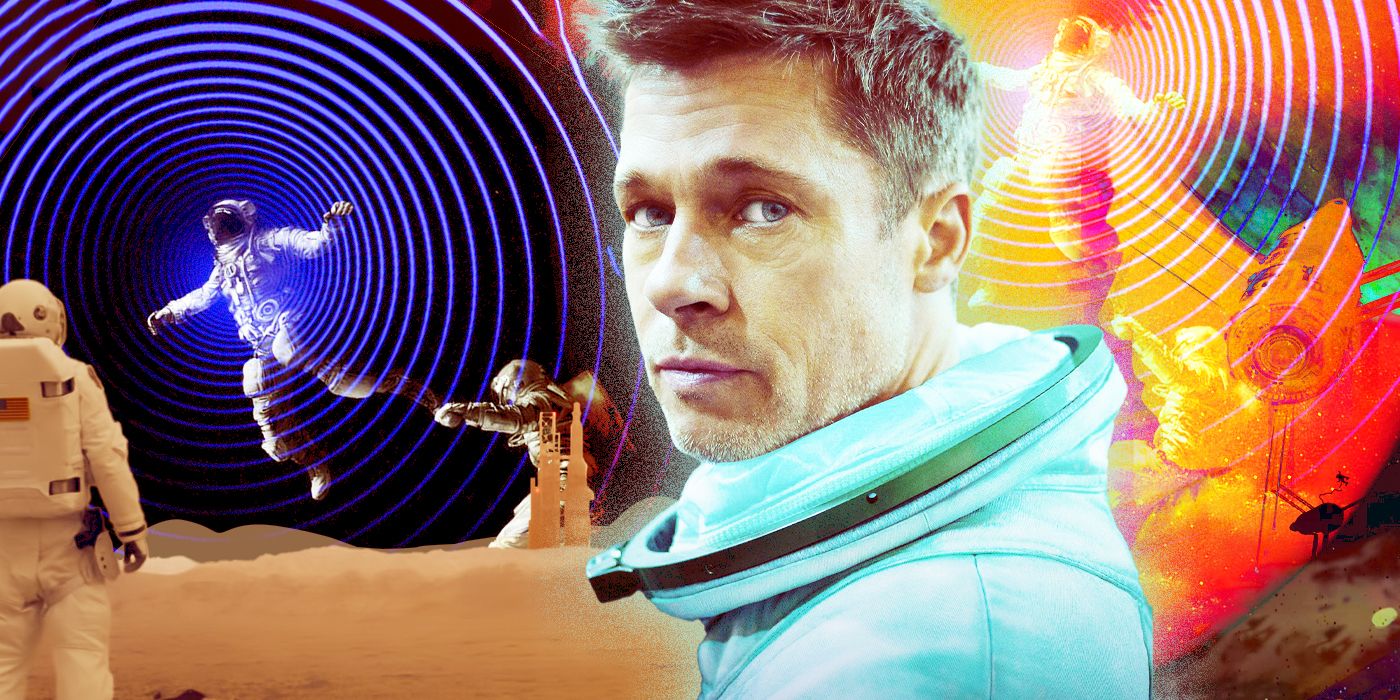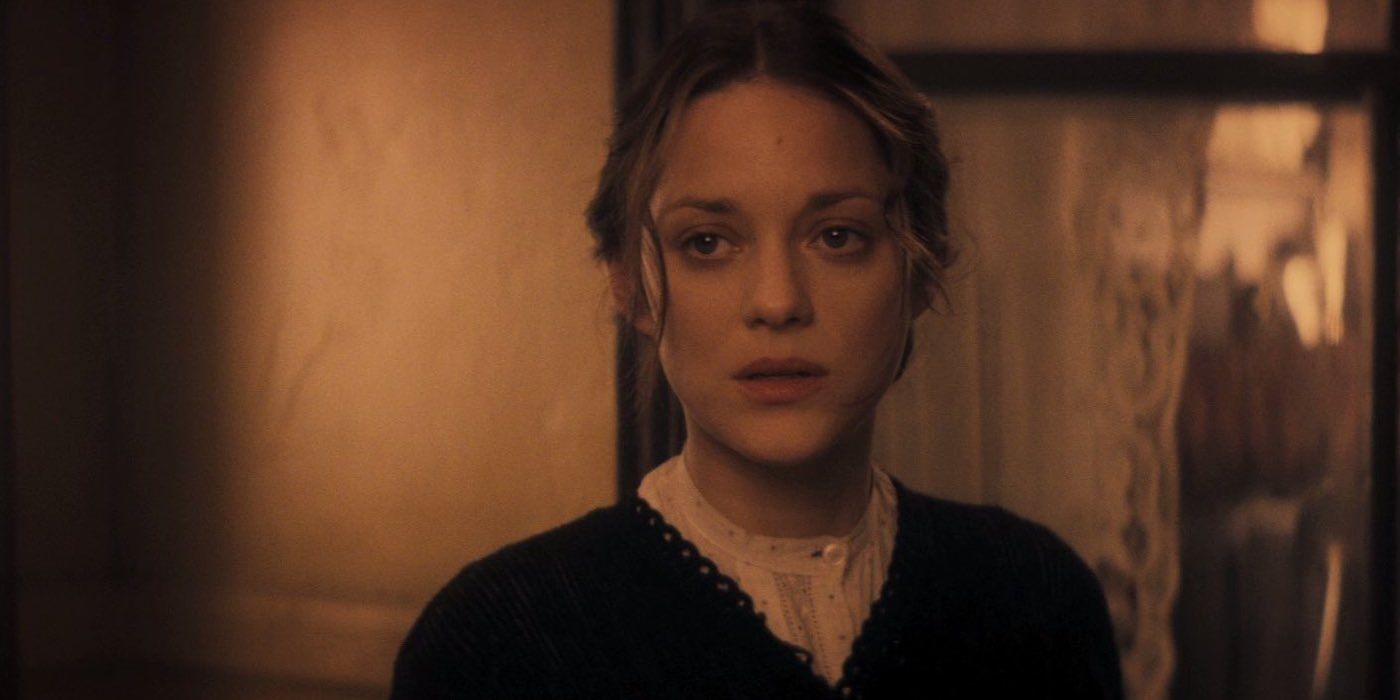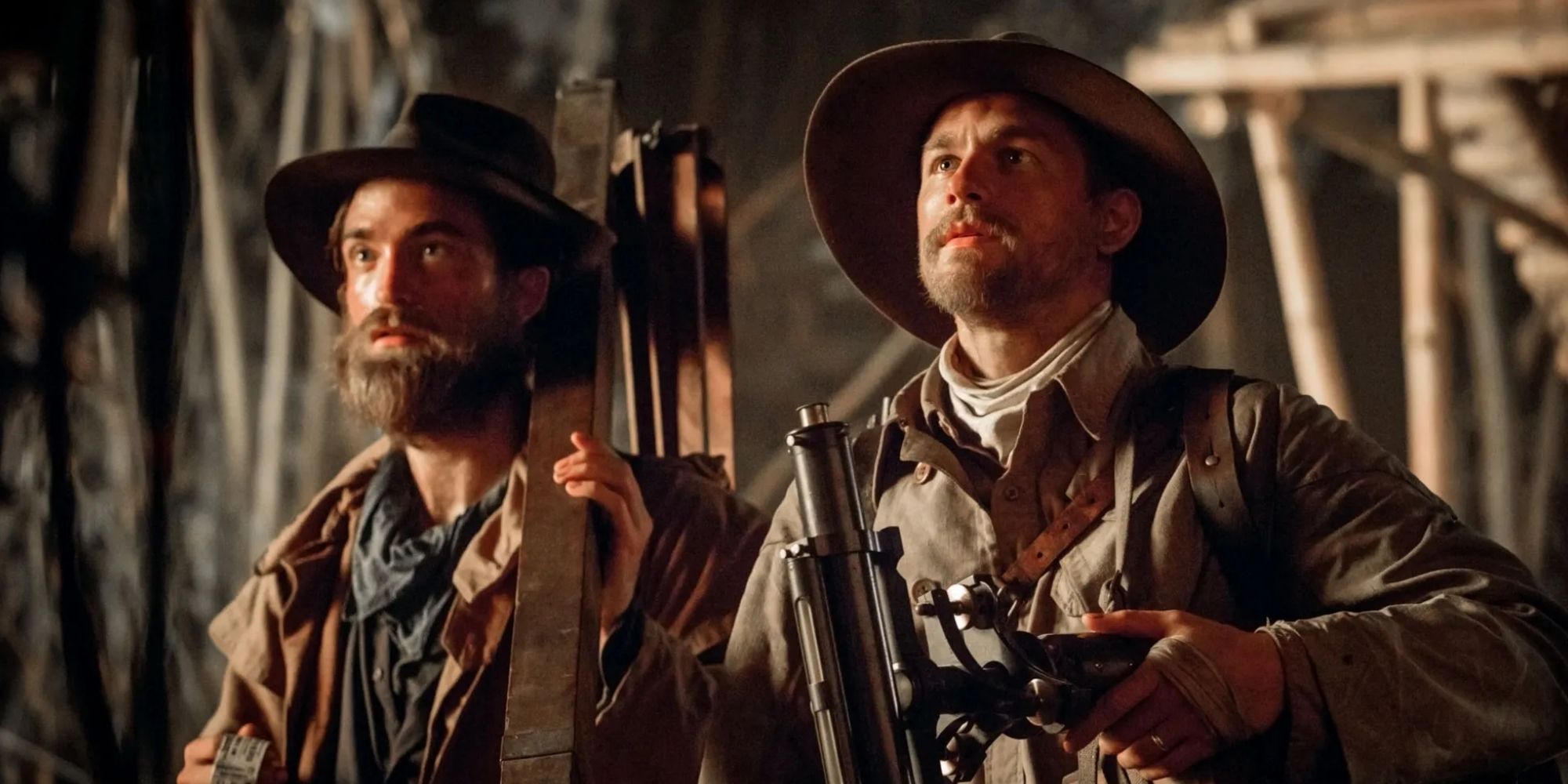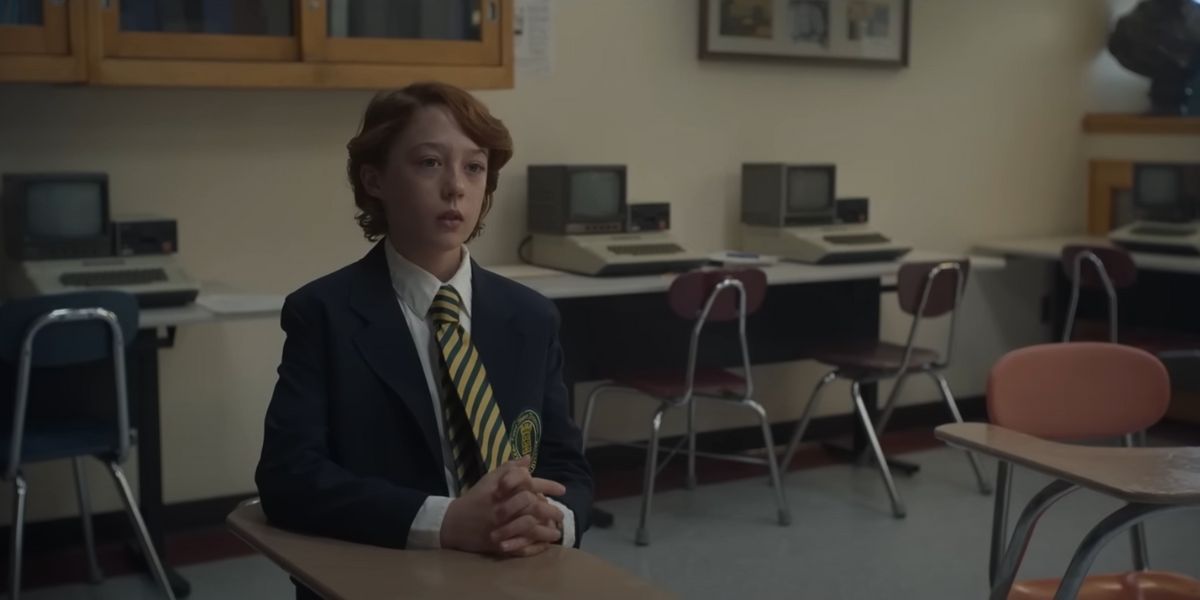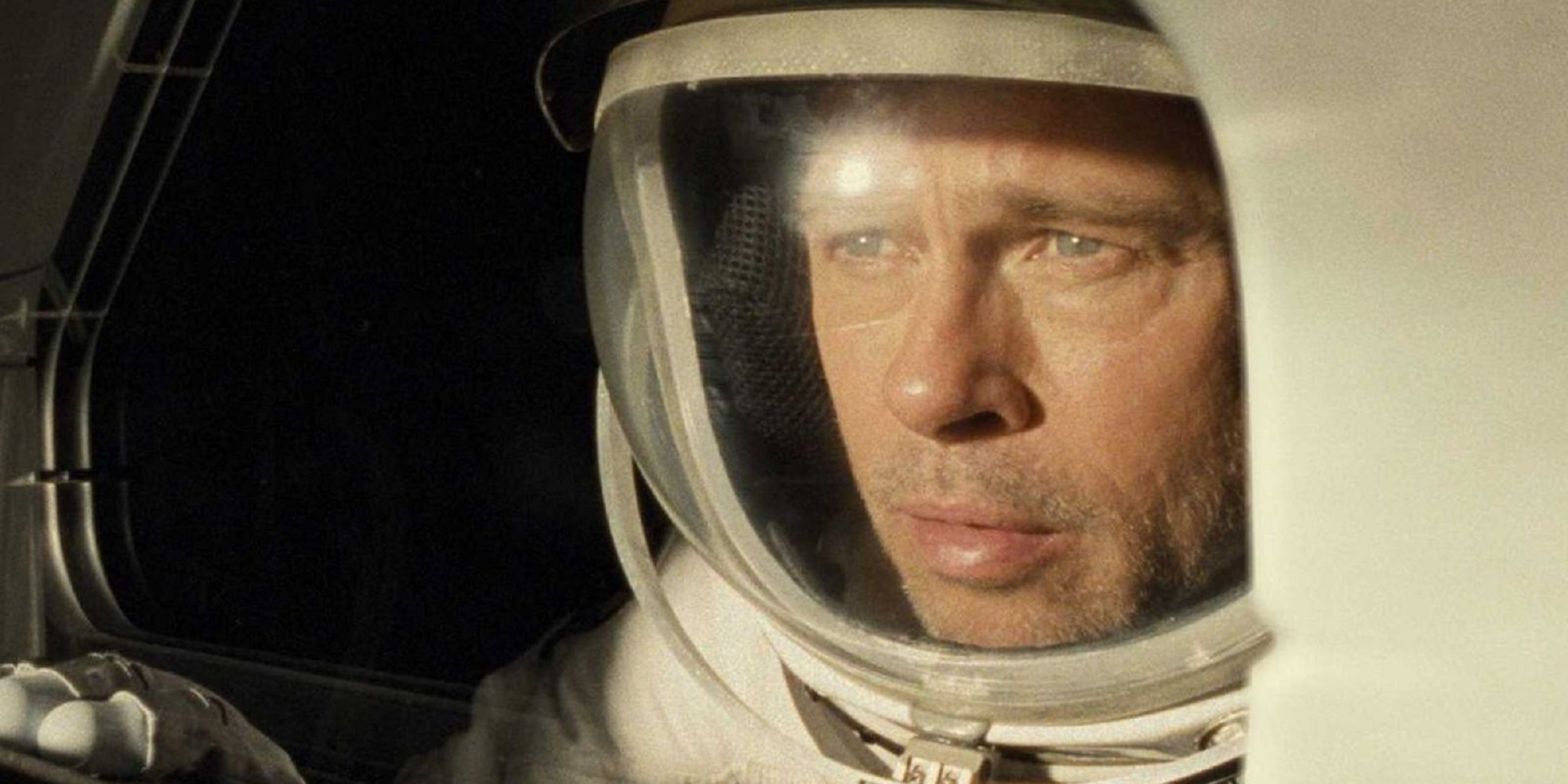There are many ways you can identify a James Gray movie right off the bat. For starters, many of his works have been headlined by Joaquin Phoenix, while many of his more recent titles are typically period pieces either set in the distant past or the far future. There’s also a sorrowful quality to this man’s features, as they never shy away from depicting extreme forms of anguish. The latter quality is especially apparent in the typical lead characters of James Gray’s works, particularly in his most recent four movies. The protagonists in James Gray’s modern movies are often lost souls who can barely comprehend the larger universe they inhabit. Their stories are often difficult to watch, but they are often the kinds of yarns you can’t stop thinking about once you leave the theater.
The lead characters in James Gray’s modern works
Gray’s fascination with people who are aberrations in the worlds they inhabit is especially potent and powerful when it comes to Ewa (Marion Cotillard), the lead character of Gray’s harrowing 2014 work The Immigrant. Coming to America from Poland with her sister Magda (Angela Sarafyan), she’s desperate for a better existence. Unfortunately, Ewa finds herself in turmoil in this country from the moment she steps foot onto Ellis Island. She’s immediately seen as an “other” by American natives and, after Magda is put into quarantine because of a disease in her lungs, is nearly forced to return home. Her “savior” comes in the form of Bruno (Phoenix), a man who coerces Ewa to enter the world of sex work to get the money needed to get Magda out of containment.
Legends are told of America as the land of opportunity. Ewa’s experiences, though, reflect the lives of many immigrants who come to America and trade out the challenges of their homeland for a new set of obstacles. Her life is often fully outside of her hands while Bruno, who begins to develop a romantic attraction to Ewa, often see’s her as much as an object as the people keeping Magda locked up. The ways Ewa is dehumanized by American eyes fluctuate greatly throughout the runtime of The Immigrant, but they all compound to make her existence in this country a nightmare. She isn’t thriving in America so much as enduring against all odds. No wonder Ewa often has a blank look in her eyes, as if she’s trying to detach herself from all the unimaginable chaos happening around her.
This type of character keeps cropping up in the most recent directorial efforts of Gray, including in The Lost City of Z with explorer Percy Fawcett (Charlie Hunnam). His circumstances are a bit less forced-upon than the ones endured by Ewa since Fawcett becomes obsessed with discovering the fabled lost city of Z, to the point that he becomes detached from his family. Still, Fawcett most certainly functions as a lost soul within the narrative. As established by an opening scene where Fawcett is largely ignored at a stag hunt despite taking down the stag, this man is often an outcast within the society he inhabits, a fact that only becomes more pronounced once he becomes infatuated with discovering this ancient city.
Towards the end of The Lost City of Z, Fawcett and his son, Jack (Tom Holland) go deep into the Amazon to find that lost city of Z. During their voyage, they encounter an indigenous tribe, one that eventually determines that the spirits of these men do not belong to either the Amazon or the European world they hail from. It’s a moment that lays bare how lost Fawcett is, he just doesn’t fit in anywhere. The pursuit of the city of Z isn’t just a chance to prove that Fawcett and all the legends were right, it’s an opportunity to discover a place where maybe Fawcett can finally feel at home.
Ad Astra protagonist Roy McBride (Brad Pitt) is no stranger to feeling so detached from the world he inhabits. Though he lives in a time in the distant future where man has conquered the moon and made all kinds of technological advances just mundane parts of existence, McBride is a frustrated soul disillusioned with everything around him. Wouldn’t you be if you saw how humanity had planted a Subway restaurant on the moon? Even the prospect of being able to save his father, H. Clifford McBride (Tommy Lee Jones), after previously thinking he perished, does nothing to settle the subdued emotions and detachment that cloud McBride’s psyche. Just like his attitude towards the prospect of discovering alien life, McBride has no hope for repairing fractured familial dynamics. He’s an acclaimed astronaut, but he’s also someone who seems constantly uncomfortable with the high-tech world around him
And finally, there’s Paul Graff (Banks Repeta), the child protagonist of Armageddon Time and the one closest to Gray as a person (the film is a quasi-autobiographical work). Graff feels isolated from everyone around no matter where he goes, whether he’s being a goofball in public school, trying to fit in at a fancy prep school, or trying to pursue his dream of being an artist in a family that wants him to do anything else for a living. Only around his grandpa, Aaron Rabinowitz (Anthony Hopkins), or best buddy Jonny (Jaylin Webb) does Graff feel like he belongs. Otherwise, this kid is an outcast and struggles to comprehend the larger problems playing out around him, such as racial strife or the tumultuous circumstances plaguing Jonny.
He is, like so many James Gray lead characters, a lost soul who will not find easy, if any, resolution to his pain.
The dark side of families and love
A recurring motif across these four James Gray films is the role families play in defining these characters as “lost.” In a subversion of American cinema norms of a family being most important, relatives are often shown to be cruel to these protagonists and are often key to informing their constant sense of feeling adrift. Ewa gets betrayed by an uncle during her stay in New York City while large parts of Roy McBride’s psyche can be traced back to the anger he experienced at the hands of his father.
Paul Graff is another potent example of this, with the kid facing severe physical abuse at the hands of his father, Irving (Jeremy Strong), while failing to garner constant support from his mother, Esther (Anne Hathaway). Even his grandmother spouts racist rhetoric about how desegregation is harming public schools, which only makes Paul Graff feel more conflicted about his newfound friendship with Jonny. With this classmate, Paul has found a way to not feel isolated from the world, but just like with Irving insisting Paul find “a real job” rather than becoming an artist, Paul’s social life must adhere to his parent’s expectations rather than his own desires.
Gray’s works are often about how you can be around loved ones and still be alone. This is even true for people who aren’t relatives. Bruno has an unyielding affection for Ewa, but it often manifests in incredibly violent and disturbing ways that make it clear he has a possessive rather than affectionate attitude toward this woman. He may think there’s love in his heart, but his actions often make Ewa feel more isolated than ever before. It isn’t just people who wish to destroy you that define the crushing loneliness of these protagonists. It’s also the people who hold them closest to their hearts that inform their detachment from general society.
Some of the lost souls that headline James Gray’s most recent movies also have their plights exacerbated, or even kicked off, by systemically ingrained intolerance. Specifically, The Immigrant and Armageddon Time are all about how America defines certain people as “the other” from the moment they’re born. Ewa being an immigrant from Poland and subsequently being a sex worker in America automatically makes her an enemy in the eyes of the general populace and law enforcement. Meanwhile, Armageddon Time often comments on the injustices faced by certain marginalized people, specifically regarding Jonny, who is cruelly tormented by adult authority figures everywhere from a public school classroom to a police interrogation chamber.
Being someone who feels adrift from the rest of the world isn’t something you wake up one day and decide to be. It’s a psychological condition gradually drilled in day in and day out, often by systematic forces telling you that not only do you not belong, but you’ll also never belong here. The Lost City of Z doesn’t take place in America, but Fawcett does face challenges fitting into British society, and it’s eventually suggested that the only place he finds any sort of solace is somewhere unknown in the Amazon jungle. It is only when detached from crushing societal expectations and intolerant norms can these characters find any morsel of peace.
Arguably most importantly among the shared similarities across these James Gray protagonists is the insistence on ambiguous endings. Save for Ad Astra (which had reshoots done to make the film “happier” and more audience-friendly), none of these films offer concrete resolutions to the plights of their respective lead characters, we never get to see them find true blue happiness. There’s a suggestion of possible peace at the end of The Lost City of Z and Ewa does get reunited with Magda at the end of The Immigrant, but none of these are the kind of endings that make your heart soar or reassure you that everything will be alright.
Gray’s films aren’t interested in resolving these lost souls in such a concrete fashion because many of the factors that plague them and inform their isolation are still problems today. To give Ewa a sentimental wrap-up would suggest that all the excruciating trials she endured are no longer a problem whatsoever. Instead, these films often end on an ambiguous note that just suggests that these characters kept on living. They may be lost, they may be sad, and they may never see their dreams fulfilled.
But they’re going to keep living.
Ewa will keep running with Magda. Fawcett is still in the jungle that captivated him. Graff is going to keep on drawing. Who knows how long they’ll all be able to do these actions, but the endings of the most recent James Gray movies, much like the features they conclude, are a toast to the lost souls in society who refuse to give up.























































![Social Media Spring Cleaning [Infographic] Social Media Spring Cleaning [Infographic]](https://imgproxy.divecdn.com/9e7sW3TubFHM00yvXe5zvvbhAVriJiGqS8xmVFLPC6s/g:ce/rs:fit:770:435/Z3M6Ly9kaXZlc2l0ZS1zdG9yYWdlL2RpdmVpbWFnZS9zb2NpYWxfc3ByaW5nX2NsZWFuaW5nMi5wbmc=.webp)
![5 Ways to Improve Your LinkedIn Marketing Efforts in 2025 [Infographic] 5 Ways to Improve Your LinkedIn Marketing Efforts in 2025 [Infographic]](https://imgproxy.divecdn.com/Hv-m77iIkXSAtB3IEwA3XAuouMwkZApIeDGDnLy5Yhs/g:ce/rs:fit:770:435/Z3M6Ly9kaXZlc2l0ZS1zdG9yYWdlL2RpdmVpbWFnZS9saW5rZWRpbl9zdHJhdGVneV9pbmZvMi5wbmc=.webp)




